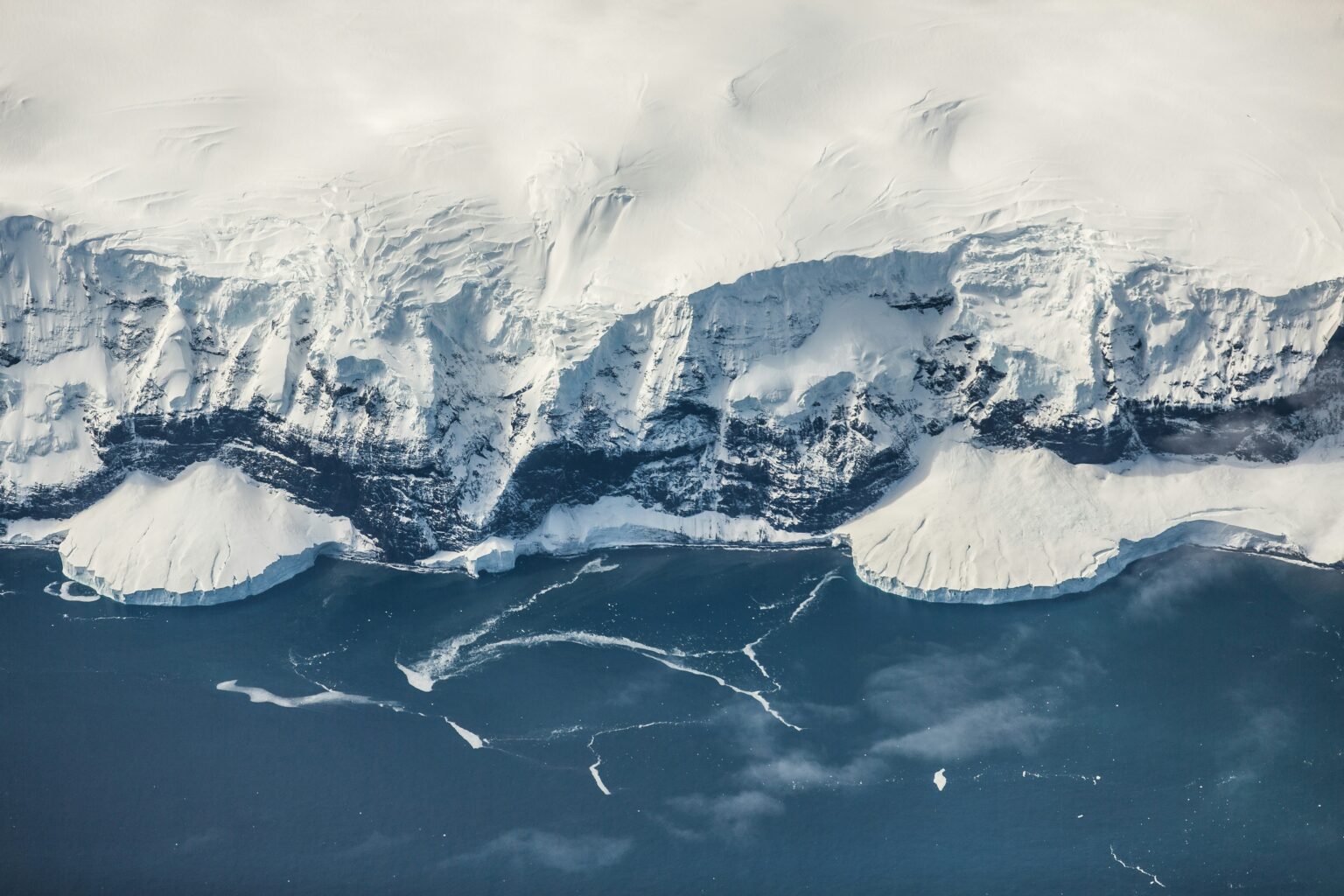For centuries, the speed of the Earth’s rotation on its axis has been influenced only by natural processes. These processes were mostly regulated by the gravitational pull of the Moon and internal processes in the planet’s core and mantle. However, accelerating glacial melting due to human-caused global warming is changing these natural movements.

A new study shows that the Earth’s rotation axis is shifting due to climate change and affecting the internal dynamics of the planet. Researchers from the Swiss Federal Institute of Technology Zurich used modern artificial intelligence models to understand the polar motion — the movement of the Earth’s rotation axis relative to the Earth’s crust. The forecast indicates that further increases in greenhouse gas emissions will eventually outweigh the influence of the Moon, which has contributed to lengthening days on Earth for billions of years.
“People today have a significant impact on our planet, more than we realize. This places a great responsibility on us for its future,” said Benedikt Soya, a professor of space geodesy at ETH Zurich.
Days will get longer
Two recent studies have examined the relationship between melting ice caps, the planet’s oscillations, and the length of days. Melting ice at the poles leads to a redistribution of mass toward the equator, which slows the Earth’s rotation. Water moves from the poles to the equator, upsetting the balance of the planet, and this process lengthens the days by a few milliseconds — not much, but it will be noticeable in the long run.
The law of conservation of angular momentum in physics states that a rotating object tends to continue rotating at the same speed until it is affected by external factors. The Earth obeys this law. Melting ice redistributes mass and slows its rotation.
Impact on the Earth’s core
Scientists also investigated why and how the Earth’s axis changes over time. They used neural networks to create a model that explains how movements in the Earth’s core, mantle, and climate change at the surface affect the movement of the aurorae. These studies demonstrate the complex interactions within the Earth, where events on the surface, such as ice melting, can affect processes deep in the core, and vice versa.
“Climate change may have a greater impact on processes inside the Earth than previously thought,” explains Soya.
These basic changes are very small and not a cause for concern. However, the study provides valuable information about the complex ways in which climate change affects our planet.
Earlier we reported how scientists have found a way to stop the melting of ice in Antarctica.
Based on materials from interestingengineering.com

